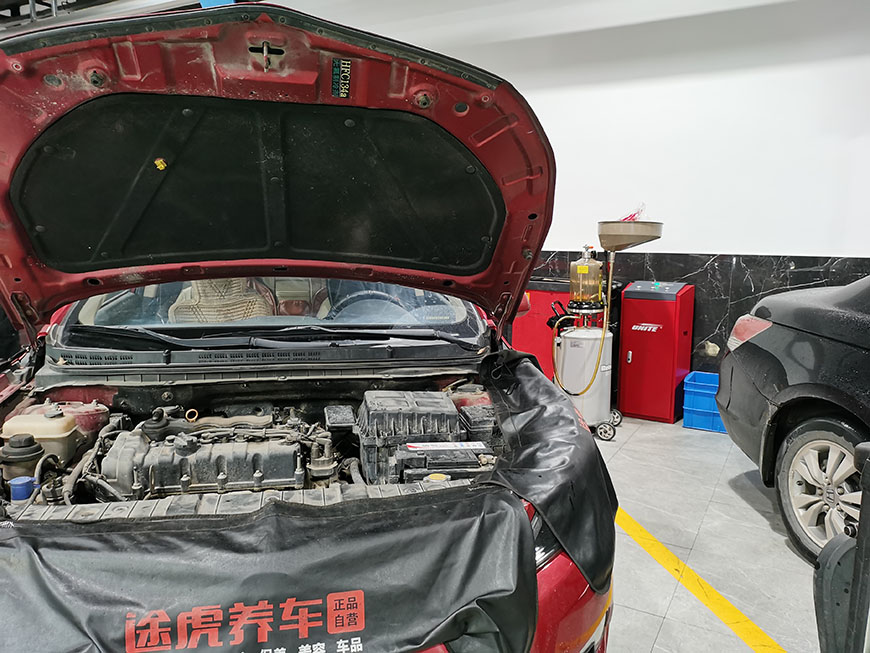Car lifts are indispensable tools in automotive workshops, enabling easy access to the underside of vehicles for repairs, maintenance, and storage. When installing a car lift, understanding the electrical requirements is crucial for safe and efficient operation. In this comprehensive guide, we will delve into the important aspects of car lift electrical requirements, guiding you through the necessary considerations to power your lift with confidence.
1. Voltage and Phase
The first aspect to consider when it comes to car lift electrical requirements is the voltage and phase. Most car lifts operate on either single-phase or three-phase electrical systems. Single-phase systems are commonly found in residential settings, typically with voltage options of 120V or 240V. Three-phase systems, on the other hand, are more commonly used in commercial or industrial environments, with voltage options such as 208V, 240V, or 480V. It is essential to determine the specific voltage and phase configuration required by your car lift. Consult the manufacturer’s specifications or seek advice from a qualified electrician to ensure compatibility with your electrical system.
2. Amperage
Another critical factor in determining the electrical requirements for your car lift is the amperage rating. Amperage refers to the amount of electrical current that the lift will draw during operation. It is crucial to ensure that the electrical circuit supplying power to the lift is capable of handling the required amperage. Exceeding the capacity of the electrical circuit can lead to circuit overload, tripped breakers, or potential electrical hazards. Consult the lift’s specifications or seek professional guidance to determine the appropriate amperage rating for your specific car lift model.
3. Electrical Circuit and Wiring
Proper electrical circuit installation and wiring are crucial for the safe and efficient operation of your car lift. It is recommended to have a dedicated electrical circuit specifically for the car lift, separate from other electrical loads in your garage or facility. This dedicated circuit helps to avoid power fluctuations and prevents overloading the circuit. The electrical wiring supplying power to the car lift should be appropriately sized to handle the amperage requirements. Consult with a qualified electrician to assess your electrical system and ensure it meets the requirements for your car lift installation. They can determine the appropriate wire gauge and circuit breaker size to ensure safe and efficient power delivery.
4. Electrical Outlets and Connections
Consider the type of electrical outlets and connections needed for your car lift. Some lifts may require hardwired connections, while others may have plug-in options. It is essential to ensure that the electrical outlets or connections are compatible with the voltage, phase, and amperage requirements of your car lift. Working with a qualified electrician, ensure that the outlets or connections are installed according to electrical code regulations and safety standards. They can help determine the appropriate outlet type and ensure proper wiring connections for a safe and reliable power supply to the car lift.
5. Safety Considerations
Always prioritize safety when dealing with car lift electrical requirements. It is crucial to have all electrical work performed by a qualified electrician to guarantee compliance with local codes and regulations. Regularly inspect the electrical components of your car lift for any signs of damage or wear. Follow the manufacturer’s recommendations for maintenance and safety procedures to prevent accidents or electrical hazards. It is essential to use high-quality electrical components, such as circuit breakers and wiring, to ensure the safe and reliable operation of your car lift.
6. Backup Power Options
Consider incorporating backup power options for your car lift, especially if power outages are a concern in your area. Installing a backup generator or incorporating an uninterruptible power supply (UPS) system can help ensure uninterrupted operation during power disruptions. Backup power options provide peace of mind, allowing you to continue working on vehicles even when the primary power supply is compromised.
Understanding the electrical requirements of your car lift is crucial for safe and efficient operation. Consider the voltage, phase, and amperage requirements specific to your car lift model. Ensure that your electrical circuit and wiring can handle the demands of the lift and consult with a qualified electrician for proper installation. Pay attention to the type of electrical outlets and connections needed and ensure they are compatible. By prioritizing safety and meeting the electrical requirements, you can power your car lift with confidence, enjoying hassle-free vehicle maintenance and storage. Remember to follow proper maintenance procedures and periodically inspect the electrical components to ensure the continued safe operation of your car lift.

